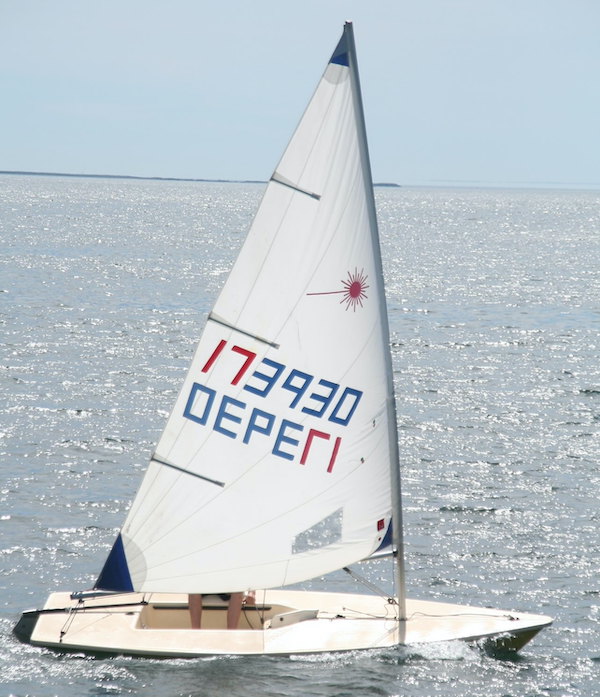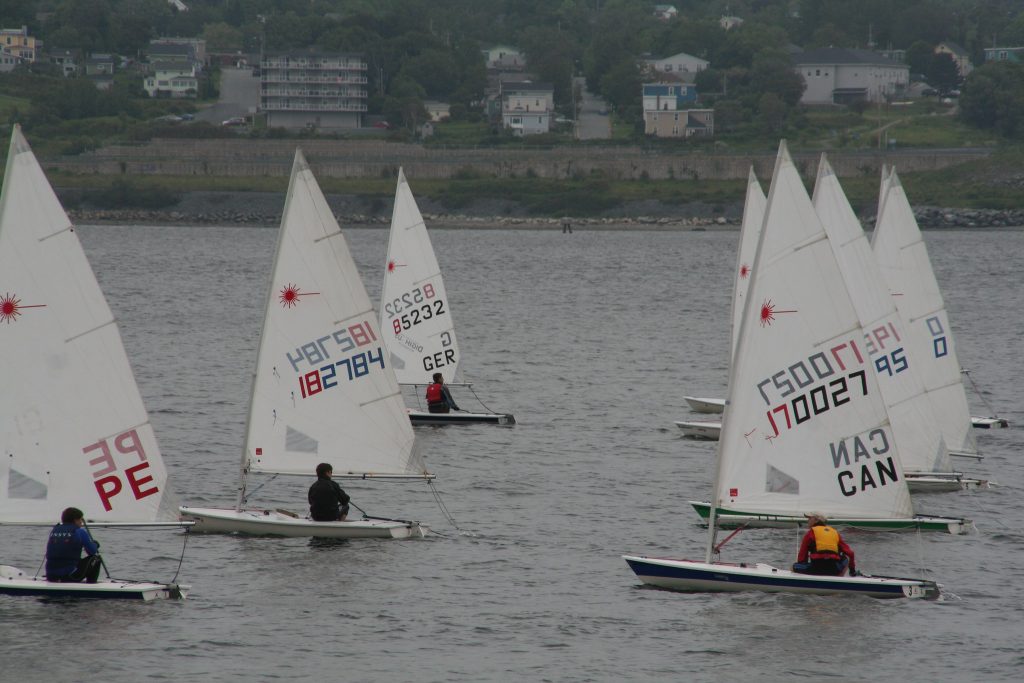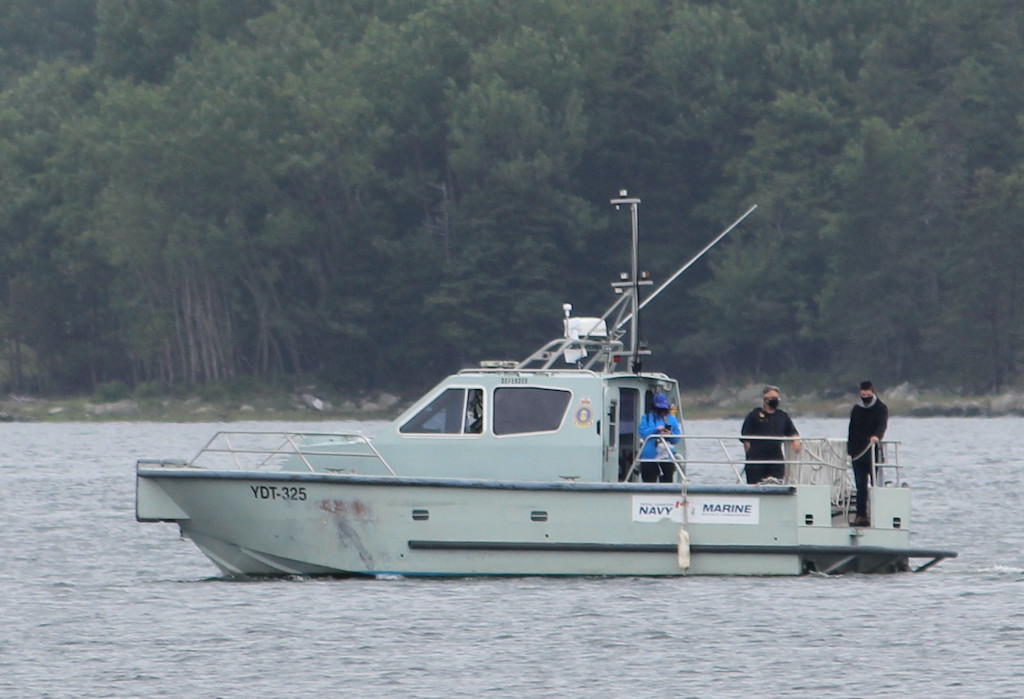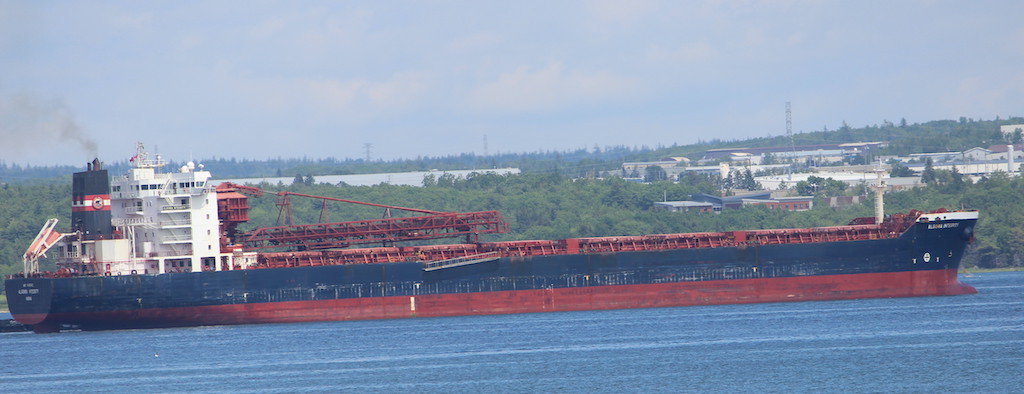I had forgotten that i did an overview post of the 2016 Olympic sailing, so here is the 2020 version. For Tokyo, Canada is sending a 9 person sailing team.
In fleet racing, sailboats start at the same time and sail around a course (usually marked by buoys) a predetermined number of times. Boats are then scored by the position in which they finish (ex. position 1 get 1 point, 2end two, etc.). The sailor with the least points at the end of competition wins the competition. A competition is made up of multiple races. at the end of the series, the top 10 boats will sail in the medal race.
Live streams can be found at https://www.cbc.ca/sports/olympics/summer/sailing/streaming-schedule . note this often the raw IOC feed with no commentary.
ICLA 6 (aka Laser Radial)
Sarah Douglas will compete in the Laser Radial. The Laser Radial has been the Women’s Olympic Dinghy since 2008. The Hull is identical to the laser, but the radial uses a smaller sail(5.7), shorter lower mast section and has a different cut of sail to that of the standard. It is optimally used by someone in the 120-160lbs range.
470
Oliver Bone and Jacob Saunders of the Royal NS Yacht Squadron will compete in the 470 2 person Dinghy. The 470 was designed in 1963 by the Frenchman André Cornu as a modern fibreglass planing dinghy to appeal to sailors of different sizes and ages. In 1969, the class was given international status and it has been an Olympic class since 1976. In 1988, the first Olympic women’s sailing event used the 470. The 470 (Four-Seventy) is a double-handed monohull planing dinghy with a centreboard, Bermuda rig, and is equipped with a spinnaker and trapeze.
Jacob Saunders competed in this class in 2016 with his brother.
Finn
Tom Ramshaw will sail in the Finn Heavy Dinghy.He Competed in this event in 2016 as as well.
The Finn dinghy is the men’s Heavyweight Dinghy at the Olympic games. Like the laser, it is a single-handed, cat-rigged boat. It was designed by Swedish canoe designer, Rickard Sarby, in 1949 for the 1952 Summer Olympics in Helsinki. Since the 1952 debut of the boat, the design has been in every summer Olympics, making it one of the most prolific Olympic sailboats as it is the longest serving dinghy in the Olympic Regatta. The fin Weighs 230lbs, is 14’3″ long, and carries 114sqft of Sail.
RS:X
Nicola Girke in compteing in RS:X. in 2016 she was 1/2 of the mixed Nacra 17 team.
the RS:X is a windsurfer designed in 2004 by Jean Bouldoires & Robert Stroj.
49er
Canada is also sending both a men’s and women’s team for the skiff event. Ali ten Hove and Mariah Millen sail in the women’s 49er FX, and William Jones and Evan DePaul in men’s 49er.
49er FX is a two-handed skiff-type high-performance sailing dinghy. The 49er was designed by Julian Bethwaite and has been in every olympics since its debut in the Sydney Olympics of 2000. The FX uses a smaller rig then the standard 49er, and is the Womans Olympic Class Skiff. The 49er’s name comes from its hull length of 4.99 metres. It weighs 207 lbs.

















